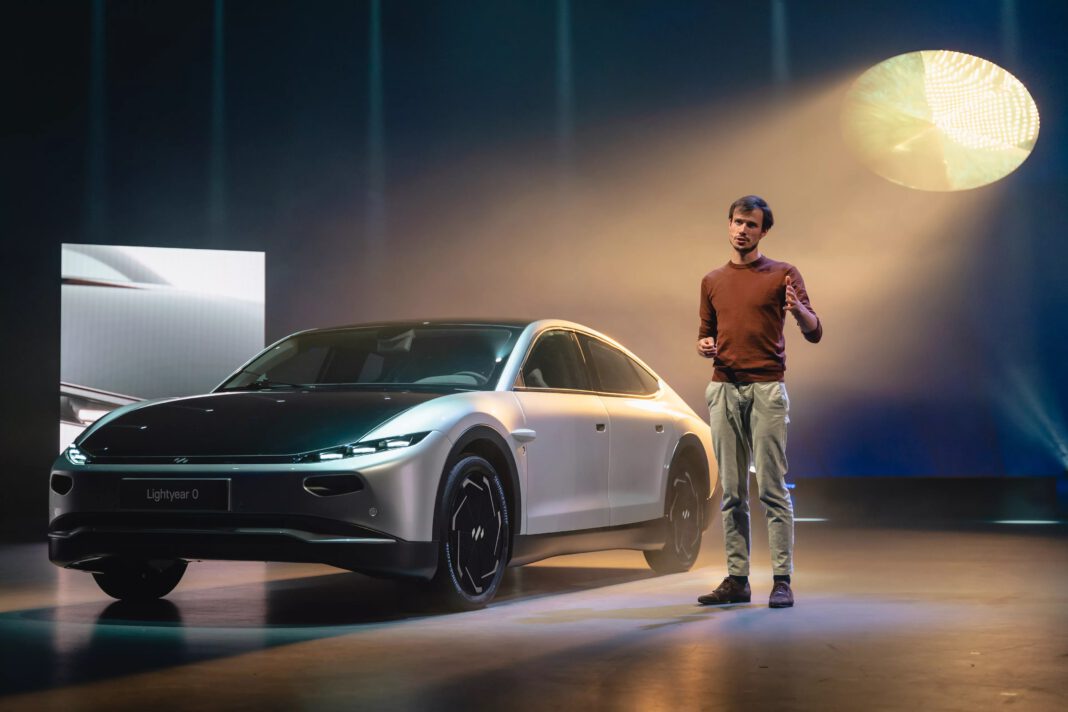A car that runs on solar power?! It almost sounds too good to be true, but Dutch startup, Lightyear, has made the impossible possible with their first model, Lightyear 0.
Dutchies (and Brabandters in particular) can be extra proud this week, as they lead the way in the direction of sustainable car transport.
With its five square meters of solar panels, “Lightyear 0” marks an important benchmark in the car industry.
A price to match
Having cars that run on solar power has for long seemed like a far-away dream for us sustainability enthusiasts, and of course, it’s great news that the market is catching up with consumer demands.
However, it might still take a liiiittle while until us regular folks get to buy our very own Lightyear — the price is still at a baffling €250,000! 💸
With a little patience though, the startup claims that the price will soon(ish) be at the much more affordable €30,000 mark.
Unfortunately, this will only happen in about 2.5 years when the next model in the series, “Lightyear 1” is planned to launch.
How does it work?
According to the company, the current model can run up to 11,000 kilometres a year on solar power alone, which translates to several months of daily use in the summer.
In the rainy Dutch climate, however, this means only two months a year, so you’ll have to supplement it with a few charge-ups along the way. 🔌
Still, Lightyear claims that the car’s super-duper aerodynamic design makes it one of the most efficient cars on the market — wow!
Just leave your car out in the sun for a bit, and you’re good to go — greener and more efficiently than ever (in a car).
Living up to the sustainability-geeks’ requirements
Not only is the engine (partially) run on renewable energy, the interior consists of vegan and natural materials — happy news for those with attention to detail.
Also, gone are the days when driving a sustainable car meant being cramped inside a 1×1 meter box for the (very short) duration of your trip. Lightyear 0 has a spacious trunk, and looks and feels — well, just like a regular car! 🚗
Needless to say, people are very hyped about this new stage of car transportation, and of 946 cars, 150 have already been reserved. So, if you’ve got an extra €250,000 to blow on a car this fall, you’ll need to be quick.
For the rest of us, 2024 or 2025 might be a better time to invest in a solar car — just for the sake of our wallets.
What do you think — is €250,000 a price worth paying for the next step in the direction of renewable energy transportation? Let us know in the comments below!




